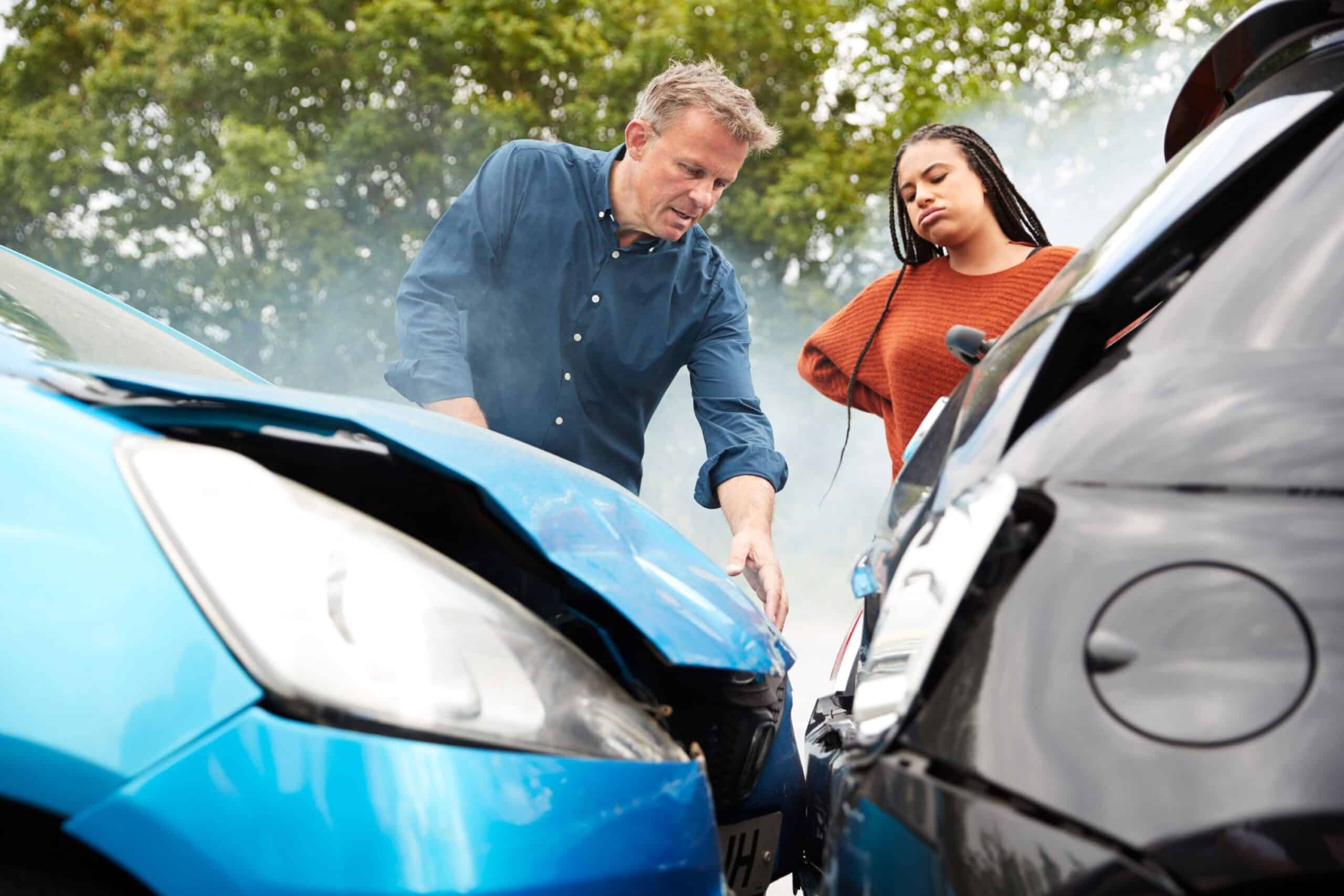Free Consultation
Free Consultation

Car accidents can be a traumatic experience, resulting in significant physical, emotional, and financial damages. If you have been involved in a car accident in New York, you may wonder how fault is determined in a car accident case. New York is a comparative negligence state, which means that fault is assigned based on the degree of negligence of each party involved in the accident. In this blog post, we will discuss the role of comparative negligence in New York car accident cases.
Comparative negligence is a legal doctrine used to determine fault in cases where multiple parties are responsible for an accident. In New York, the courts use a system called “pure comparative negligence,” which means that the degree of fault for each party is determined, and damages are awarded based on that percentage of fault. For example, if one party is found to be 70% at fault for an accident, they will be responsible for paying 70% of the damages.
It is important to understand the difference between contributory negligence and comparative negligence. Contributory negligence is a legal doctrine used in some states, where a plaintiff can be barred from recovering damages if they are found to have contributed to the accident in any way. In contrast, New York is a comparative negligence state, which means that even if the plaintiff is found to be partially at fault for the accident, they can still recover damages, although the amount of damages they can recover will be reduced by their percentage of fault.
In a comparative negligence case, evidence is crucial. Both parties will present evidence to the court, including police reports, eyewitness accounts, and other relevant evidence supporting their case. The court will use this evidence to determine the degree of fault for each party involved in the accident. It is important to work with an experienced car accident attorney who can help you gather and present evidence in a way that supports your case.
In a comparative negligence case, damages are awarded based on the degree of fault for each party involved in the accident. This means that even if you are found to be partially at fault for the accident, you can still recover damages, although the amount of damages you can recover will be reduced by your percentage of fault. For example, if you are found to be 20% at fault for the accident, and your damages are $100,000, you can recover $80,000.
If you are involved in a car accident in New York, you will likely need to file an insurance claim to recover damages. Insurance companies will also use comparative negligence to determine fault and the damages that should be awarded. It is important to work with an experienced car accident attorney who can negotiate with the insurance company on your behalf and ensure that you receive the compensation you deserve.
Car accident cases can be complex, and the outcome can significantly impact your life. Working with an experienced car accident attorney who understands the nuances of New York’s comparative negligence laws and can help you build a strong case is essential. Your attorney can gather and present evidence, negotiate with insurance companies and ensure your rights are protected throughout the legal process.
If you have been involved in a car accident in New York, there are several steps you can take to protect your rights. These include:
Understanding comparative negligence is essential to building a strong case in a car accident lawsuit in New York. By working with an experienced car accident attorney and protecting your rights after an accident, you can increase your chances of recovering damages and achieving a fair outcome in your case. If you have been involved in a car accident in New York, seeking legal guidance as soon as possible is essential to protect your rights and ensure you receive the compensation you deserve.